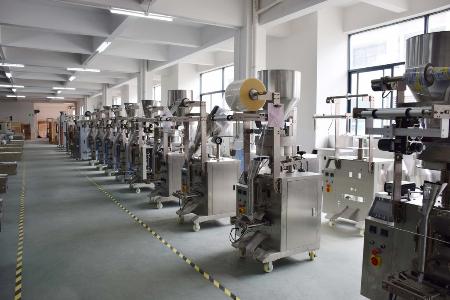

Bulging or bloated food packaging often occurs due to the presence of bacteria, especially those found in perishable foods, which produce gases like carbon dioxide. Some of these microbes can spoil food, while others might lead to foodborne illnesses. The primary reason behind packaging bloating is inadequate refrigeration, which allows bacteria to proliferate within food, leading to the production of gas.
Many food products come with some amount of air in their packaging. The quantity of air can vary depending on the type of food, with perishable items like cheese and sausages often being packaged with minimal or no air to inhibit bacterial growth. However, some food items are intentionally wrapped with extra air to maintain texture and prevent damage. You can typically detect packaging bloating when a product has swelled beyond its expected size.
Bloating in meat or poultry packaging can have several causes, but not all of them are hazardous. For instance, some foods and poultry are packaged using modified atmosphere packaging (MAP). This method introduces a blend of gases into the package during processing, which can cause bloating or swelling in products such as meat, fish, salad mixes, or cheese. The purpose of these permitted inert gases is to extend the shelf life of the product.
Bloating is not limited to specific foods and can occur with a variety of products. Dried and low-moisture foods, like raisins or peanut butter, are less prone to bloating because their moisture content is significantly lower, which doesn't support microbial growth.
It's important to note that swollen food packaging doesn't necessarily imply that the enclosed food is unsafe for consumption. Occasionally, food packaging may bulge due to factors such as residing in a high-altitude area, where the air pressure inside the packaging is greater than the external air pressure. In such cases, the food is still safe to eat.
However, some cases of packaging bloating can be concerning. Swelling in packaging can result from gases produced during food spoilage. One specific cause is hydrogen swelling, which occurs mainly in cans containing acidic foods like tomatoes or citrus fruits. The acids in the food can corrode the metal lining of the can, leading to the release of gases that accumulate inside, causing increased pressure and bloating of the package.
There are instances when food packaging becomes contaminated with bacteria during the manufacturing process, affecting a large number of packages. Punctures can also occur during the handling and transportation of packages. When packaging is punctured, it exposes the food to air, moisture, and microorganisms.
Consumers should exercise caution when encountering bloated food packaging. If you notice a swollen package with a noticeable odor and it's still within its best-by date, it's generally safer to dispose of it or return it to the place of purchase. In such cases, always check the best-by or use-by date, inspect for any unusual odors, and look for any visible openings or rips in the packaging. If the product has exceeded its expiration date, emits an unusual smell, or the packaging is compromised, it's advisable not to purchase it or to discard it if it has already been purchased.